The Importance of Safe Shoes and Clothing in the Workplace Introduction: In any work environment, ensuring the safety and well-being of employees is of paramount importance. One crucial aspect of workplace safety is the provision of appropriate footwear and clothing. Safe shoes and clothing not only protect employees from common workplace hazards but can also enhance productivity and create a more positive work environment. This article aims to explore the significance of safe shoes and clothing in the workplace, their benefits, and how employers can ensure their employees’ safety through proper selection and implementation. Section 1: Importance of Safe Shoes in the Workplace Safe footwear plays a crucial role in preventing injuries caused by slips, trips, and falls. Employers should evaluate the risks associated with their specific work environment and select appropriate footwear accordingly. For example, in construction sites where there is a high risk of falling objects, steel-toed boots can protect workers’ feet from potential injuries.
safety ware
 Slip-resistant shoes are essential for workers in industries where slippery surfaces are prevalent, such as restaurants or manufacturing plants. Section 2: Safety Clothing and PPE (Personal Protective Equipment) Employers must provide personal protective equipment (PPE), including safety clothing, to protect employees from various hazards. Such hazards may include exposure to chemicals, extreme temperatures, or mechanical risks. Safety clothing, such as high-visibility vests, chemical-resistant gloves, or heat-resistant suits, can significantly reduce the risk of injuries or illnesses at work. Employers must ensure the availability, proper fit, and use of safety clothing by all employees who require it. Section 3: Benefits of Safe Shoes and Clothing a) Employee Safety: Providing appropriate footwear and clothing significantly reduces the risk of injuries and accidents in the workplace, promoting the overall safety of employees. This results in fewer workplace accidents, reduced absenteeism, and improved employee morale and satisfaction. b) Legal Compliance: Employers have a legal obligation to provide a safe working environment. Failure to comply with safety standards can result in penalties, lawsuits, or loss of business reputation.
Slip-resistant shoes are essential for workers in industries where slippery surfaces are prevalent, such as restaurants or manufacturing plants. Section 2: Safety Clothing and PPE (Personal Protective Equipment) Employers must provide personal protective equipment (PPE), including safety clothing, to protect employees from various hazards. Such hazards may include exposure to chemicals, extreme temperatures, or mechanical risks. Safety clothing, such as high-visibility vests, chemical-resistant gloves, or heat-resistant suits, can significantly reduce the risk of injuries or illnesses at work. Employers must ensure the availability, proper fit, and use of safety clothing by all employees who require it. Section 3: Benefits of Safe Shoes and Clothing a) Employee Safety: Providing appropriate footwear and clothing significantly reduces the risk of injuries and accidents in the workplace, promoting the overall safety of employees. This results in fewer workplace accidents, reduced absenteeism, and improved employee morale and satisfaction. b) Legal Compliance: Employers have a legal obligation to provide a safe working environment. Failure to comply with safety standards can result in penalties, lawsuits, or loss of business reputation.
Specifications of safety ware
 Fulfilling the necessary safety requirements, including providing safe shoes and clothing, demonstrates compliance with regulatory obligations. c) Productivity Enhancement: Safe shoes and clothing not only protect employees but also contribute to their productivity. When employees feel safe and comfortable in their attire, they are more likely to focus on their work and be productive. Adequate protection against workplace hazards also reduces the likelihood of injuries, minimizing disruptions caused by accidents and facilitating uninterrupted workflow. d) Positive Work Environment: Employers who prioritize employee safety by providing appropriate footwear and clothing create a positive work environment that promotes trust and loyalty among employees. When employees feel valued and cared for, they are more likely to be engaged, satisfied, and motivated in their jobs. Section 4: Selection and Implementation of Safe Shoes and Clothing To ensure the selection and implementation of safe shoes and clothing, employers should follow these best practices: a) Risk Assessment: Conduct a thorough risk assessment to identify potential hazards in the workplace, considering factors such as slippery surfaces, chemical exposure, or falling objects.
Fulfilling the necessary safety requirements, including providing safe shoes and clothing, demonstrates compliance with regulatory obligations. c) Productivity Enhancement: Safe shoes and clothing not only protect employees but also contribute to their productivity. When employees feel safe and comfortable in their attire, they are more likely to focus on their work and be productive. Adequate protection against workplace hazards also reduces the likelihood of injuries, minimizing disruptions caused by accidents and facilitating uninterrupted workflow. d) Positive Work Environment: Employers who prioritize employee safety by providing appropriate footwear and clothing create a positive work environment that promotes trust and loyalty among employees. When employees feel valued and cared for, they are more likely to be engaged, satisfied, and motivated in their jobs. Section 4: Selection and Implementation of Safe Shoes and Clothing To ensure the selection and implementation of safe shoes and clothing, employers should follow these best practices: a) Risk Assessment: Conduct a thorough risk assessment to identify potential hazards in the workplace, considering factors such as slippery surfaces, chemical exposure, or falling objects.
buy safety ware
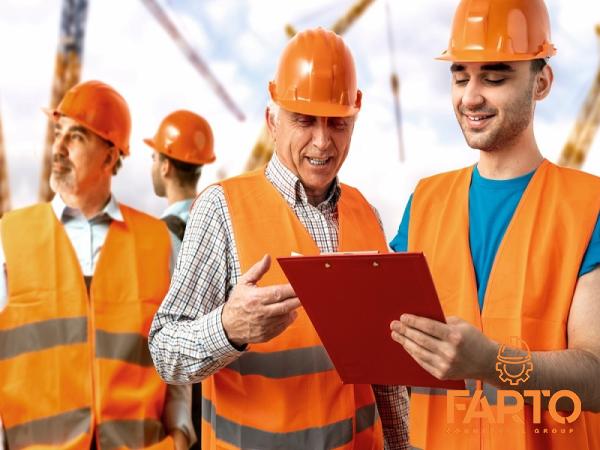 This assessment will help determine the specific safety requirements for footwear and clothing. b) Create Written Policies: Develop comprehensive written policies outlining the requirements for safe shoes and clothing in the workplace. Include information on appropriate types of footwear, clothing materials, and any specific safety standards that must be met. Communicate these policies to employees and ensure understanding and compliance. c) Provide Training: Educate employees about the importance of safe shoes and clothing, the risks associated with non-compliance, and proper selection, care, and maintenance of their personal protective equipment. Training programs should be periodically conducted and updated to ensure constant awareness. d) Collaborate with Employees: Involve employees in the selection process to ensure their needs and preferences are considered. Solicit feedback on the comfort and effectiveness of the provided footwear and clothing and make adjustments if necessary.
This assessment will help determine the specific safety requirements for footwear and clothing. b) Create Written Policies: Develop comprehensive written policies outlining the requirements for safe shoes and clothing in the workplace. Include information on appropriate types of footwear, clothing materials, and any specific safety standards that must be met. Communicate these policies to employees and ensure understanding and compliance. c) Provide Training: Educate employees about the importance of safe shoes and clothing, the risks associated with non-compliance, and proper selection, care, and maintenance of their personal protective equipment. Training programs should be periodically conducted and updated to ensure constant awareness. d) Collaborate with Employees: Involve employees in the selection process to ensure their needs and preferences are considered. Solicit feedback on the comfort and effectiveness of the provided footwear and clothing and make adjustments if necessary.
safety ware + buy and sell
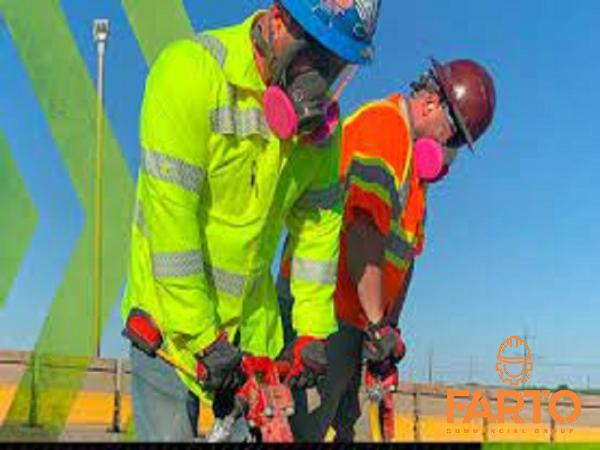 This collaborative approach fosters a sense of ownership and encourages proactive participation in maintaining safety standards. e) Regular Inspections: Regularly inspect employees’ footwear and clothing to ensure they comply with safety standards and are in good condition. Replace any damaged or worn-out equipment promptly to prevent risk of accidents and injuries. Conclusion: Safe shoes and clothing are indispensable elements for ensuring workplace safety and preventing injuries. Employers should prioritize the provision of appropriate footwear and clothing, creating a safer work environment and fostering positive employee experiences. By implementing best practices, following regulations, and engaging employees, organizations can promote a culture of safety, leading to increased productivity, reduced costs, and improved overall well-being.
This collaborative approach fosters a sense of ownership and encourages proactive participation in maintaining safety standards. e) Regular Inspections: Regularly inspect employees’ footwear and clothing to ensure they comply with safety standards and are in good condition. Replace any damaged or worn-out equipment promptly to prevent risk of accidents and injuries. Conclusion: Safe shoes and clothing are indispensable elements for ensuring workplace safety and preventing injuries. Employers should prioritize the provision of appropriate footwear and clothing, creating a safer work environment and fostering positive employee experiences. By implementing best practices, following regulations, and engaging employees, organizations can promote a culture of safety, leading to increased productivity, reduced costs, and improved overall well-being.

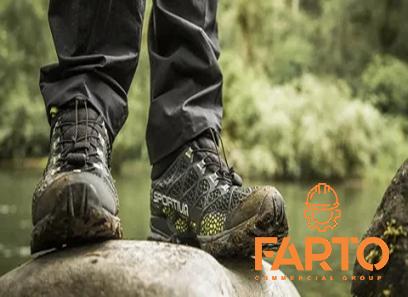
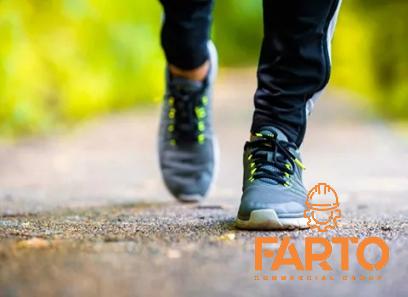

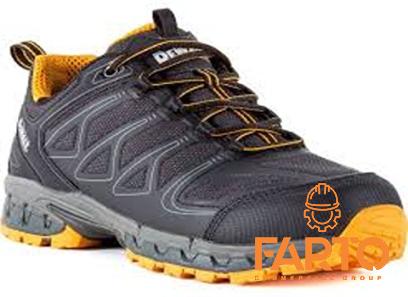



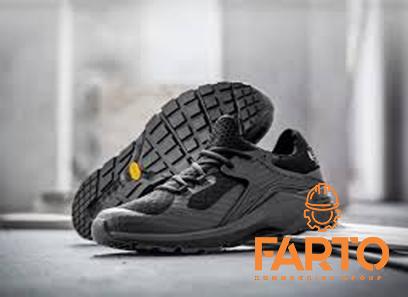
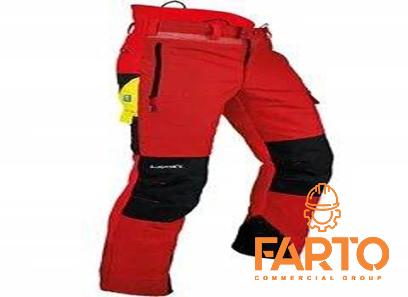
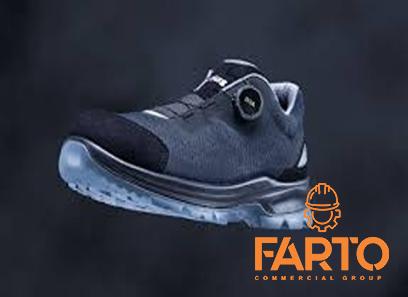
Your comment submitted.